Animal trafficking is a global issue that threatens biodiversity, fuels crime, and contributes to the endangerment of countless species. The illegal trade in wildlife is a multi-billion-dollar industry, driven by demand for exotic pets, traditional medicines, and luxury products.
The most trafficked animals range from large mammals to tiny reptiles, and their suffering highlights the critical need for stronger enforcement of wildlife protection laws. In this blog, we’ll explore the top ten most trafficked animals in the world, shedding light on the scale of the crisis and the dire consequences for the species involved.
1. Pangolins
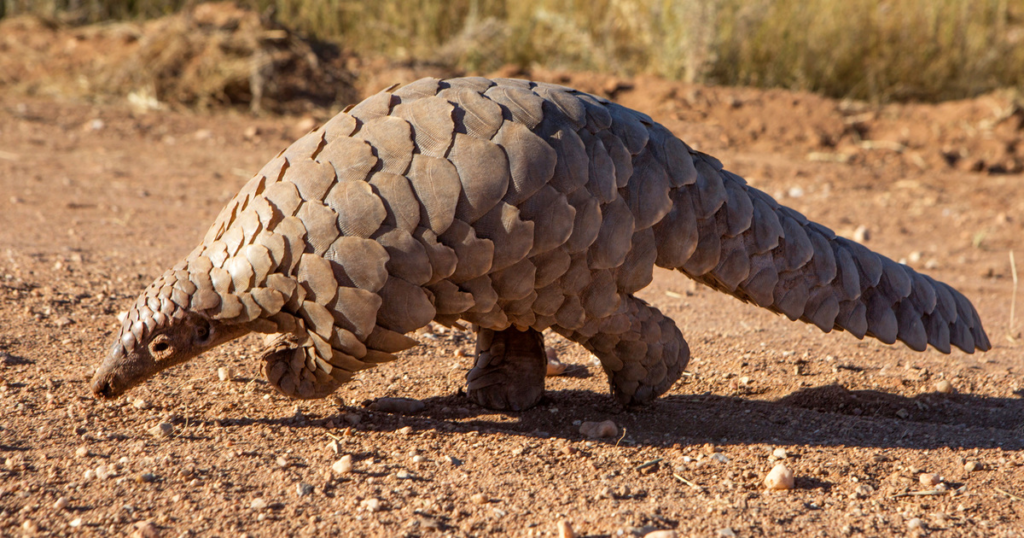
Pangolins are often regarded as the most trafficked animals in the world, with millions being poached annually. These small, scaly mammals are sought after primarily for their keratin scales, which are falsely believed to have medicinal properties, and for their meat, considered a delicacy in some cultures. Native to Africa and Asia, all eight species of pangolins are now threatened with extinction due to the relentless demand from the illegal wildlife trade. Despite increased global efforts to protect them, pangolins continue to be smuggled across borders, making them the primary target of international conservation groups.
2. Elephants
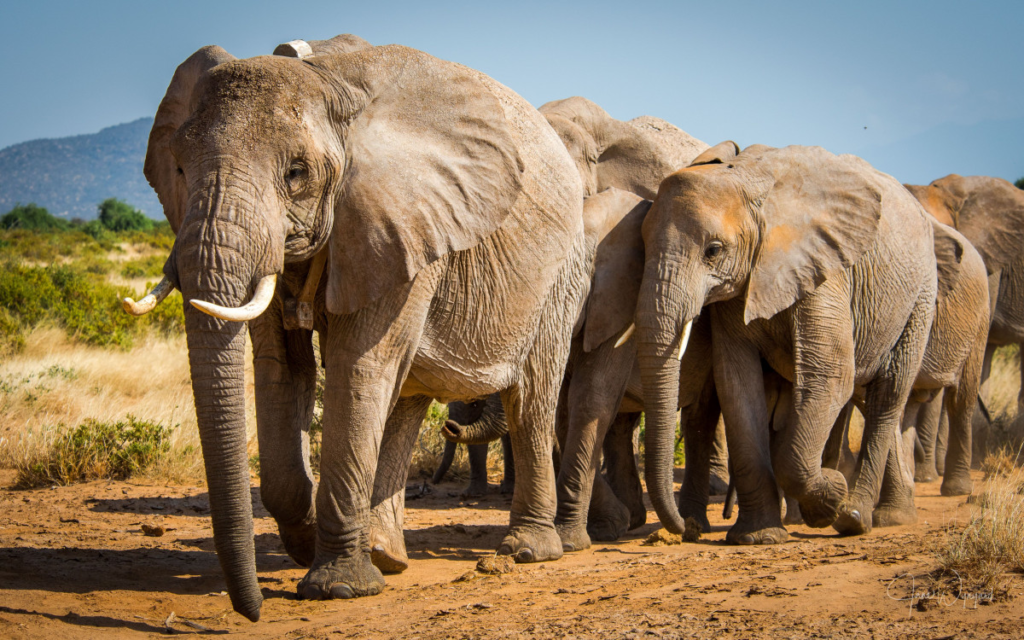
Elephants are another one of the most trafficked animals, primarily targeted for their tusks. The illegal ivory trade has decimated elephant populations across Africa and Asia. Despite international bans on ivory, poaching persists due to the lucrative market for tusks used in carvings, jewelry, and ornaments. In addition to the suffering caused by the slaughter of these majestic animals, the loss of elephants has profound ecological consequences, as they play a crucial role in maintaining the ecosystems where they live.
3. Rhinoceros

Rhinos are heavily trafficked for their horns, which are used in traditional medicines, particularly in parts of Asia. The horn is composed of keratin, the same material as human nails, yet it is believed to cure a range of ailments, including fever and even cancer, despite the lack of scientific evidence supporting these claims. The high demand for rhino horn has driven all five species of rhino to the brink of extinction. Black rhinos, for instance, are critically endangered, with only a few thousand individuals remaining in the wild, while conservationists struggle to protect them from poachers.
4. Tigers
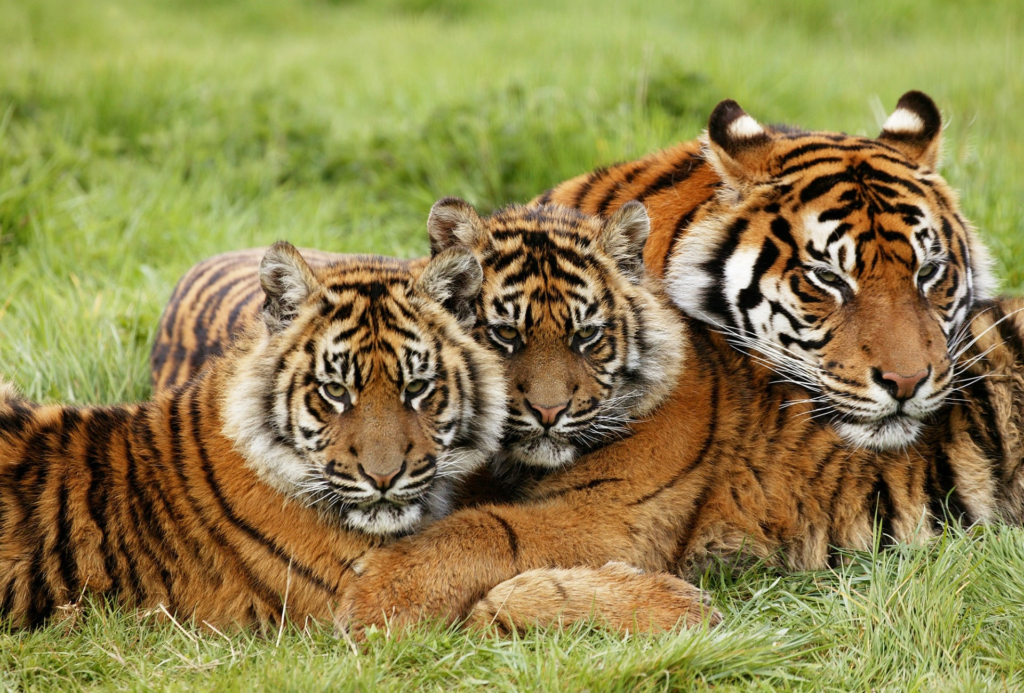
Tigers are among the most trafficked animals, largely due to the demand for their skins, bones, and other body parts. These parts are used in traditional Chinese medicine and for trophies. With fewer than 4,000 tigers left in the wild, they are a prime target for illegal trade networks. Captive breeding of tigers, often in inhumane conditions, exacerbates the problem, as it provides a steady supply of animals to meet the demand for tiger products. This, in turn, puts even more pressure on wild populations as poaching continues unabated.
5. Sea Turtles

All seven species of sea turtles are endangered or threatened due to human activities, including illegal trade. Sea turtles are trafficked for their shells, which are used to make jewelry and ornaments, and for their eggs and meat, which are considered delicacies in some regions. Despite international laws protecting sea turtles, their populations continue to decline, especially in Southeast Asia and Central America, where poaching is rampant. The most trafficked species include the Hawksbill turtle, whose striking shell makes it particularly vulnerable to exploitation.
6. Parrots

Many species of parrots are targeted by traffickers due to their vibrant plumage and ability to mimic human speech, making them highly desirable as pets. The illegal pet trade has led to significant population declines in wild parrot species, particularly in Latin America and the Caribbean. Birds such as the African Grey Parrot and the Scarlet Macaw are among the most trafficked animals in this category. Sadly, the process of capturing and smuggling these birds is often brutal, with many dying in transit due to poor conditions and stress.
7. Slow Loris
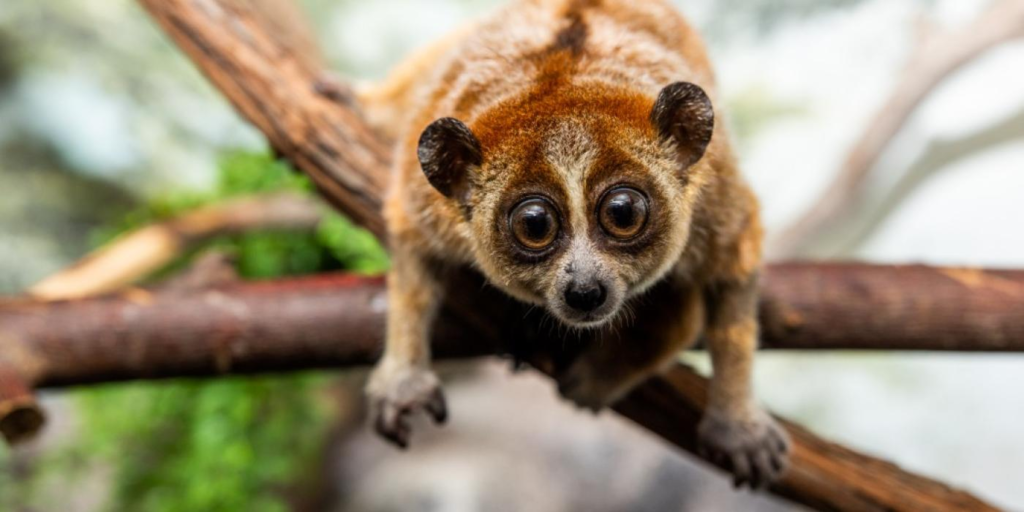
The slow loris, a small nocturnal primate found in Southeast Asia, is trafficked mainly for the exotic pet trade. Their large eyes and “cute” appearance make them highly sought after, but the reality is far from cute. To make them less dangerous, traffickers often remove their sharp teeth, causing immense suffering and making them vulnerable to infections. As a result, the slow loris is critically endangered, with habitat loss and poaching pushing them closer to extinction. Conservationists are working tirelessly to combat the illegal trade in slow lorises, but the demand remains high.
8. Sharks
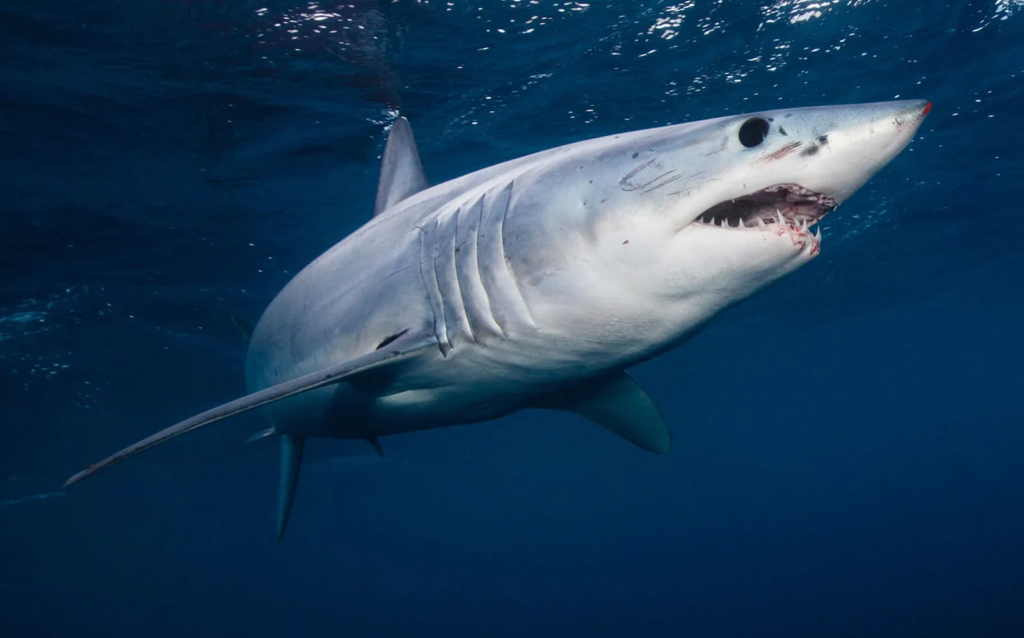
Sharks, particularly their fins, are one of the most trafficked animals in the marine world. Shark finning, the practice of removing fins and discarding the rest of the shark back into the ocean, is driven by the demand for shark fin soup, a delicacy in parts of Asia. Tens of millions of sharks are killed each year, leading to a severe decline in shark populations. With many species now endangered or critically endangered, the impact of shark trafficking is not just felt by the species themselves but also by marine ecosystems, where sharks play a crucial role as apex predators.
9. Asian Black Bears

Also known as moon bears due to the crescent-shaped marking on their chests, Asian black bears are trafficked for their bile, which is used in traditional medicine. Bear bile is believed to treat liver diseases and other ailments, although synthetic alternatives exist. The illegal practice of “bear farming,” where bears are kept in tiny cages and their bile is extracted regularly, is incredibly cruel. The demand for bear bile has led to a dramatic decline in wild populations of Asian black bears, particularly in China and Vietnam, where they are most commonly found.
10. Orangutans

Orangutans, native to the rainforests of Borneo and Sumatra, are trafficked primarily for the illegal pet trade. Infant orangutans are often captured after their mothers are killed, and they are then sold as exotic pets or used in entertainment. The deforestation of their natural habitats has exacerbated the problem, leaving these critically endangered animals vulnerable to traffickers. With their populations already under severe pressure from habitat loss, the illegal trade in orangutans is pushing them ever closer to extinction.
The Impact of Animal Trafficking
The most trafficked animals often face brutal conditions during their capture, transport, and sale. Smugglers frequently pack them into tiny, unsanitary spaces with little regard for their health or well-being. Many animals die before they even reach their destination, with some estimates suggesting that for every animal sold in the illegal trade, many more perish along the way.
Read : Top Ten Sleepiest Animals in the World
Beyond the individual suffering of animals, trafficking has far-reaching consequences for ecosystems. The most trafficked animals often play critical roles in their environments, whether as apex predators like tigers and sharks or as ecosystem engineers like elephants. Their decline can lead to imbalances in food chains, loss of biodiversity, and the disruption of ecosystems, making it harder for other species to survive.
The Global Response
In recent years, international efforts to combat wildlife trafficking have increased. Organizations like the World Wildlife Fund (WWF), TRAFFIC, and the Convention on International Trade in Endangered Species of Wild Fauna and Flora (CITES) are at the forefront of these efforts. These groups work to raise awareness, support law enforcement, and strengthen legal frameworks to protect the most trafficked animals.
Countries around the world have also begun to take stronger action. For instance, China has introduced stricter laws against the ivory trade, and Vietnam has taken steps to crack down on bear bile farming. In the United States, the Endangered Species Act provides some protection to trafficked animals, while the European Union has also strengthened its wildlife protection laws.
Read : Fire at Thailand Market Kills Over 1,000 Caged Animals
While law enforcement and international cooperation are vital, the demand that drives animal trafficking must also be addressed. Consumers play a key role in either fueling or ending the illegal trade. Many of the most trafficked animals are sought after for products that are considered luxuries, such as ivory carvings, exotic pets, or traditional medicines.

Public awareness campaigns have been successful in reducing demand for certain products. For example, campaigns against shark fin soup in China have led to a significant drop in its consumption. Similarly, awareness about the cruelty of the exotic pet trade has made many potential buyers reconsider their purchases.
The Future of Wildlife Protection
Despite some successes, the illegal trade in the most trafficked animals continues to thrive. Advances in technology, such as online marketplaces, have made it easier for traffickers to sell animals and animal products to buyers around the world. Law enforcement agencies are often under-resourced and unable to keep up with the scale of the problem.
However, new technologies are also being used to fight back. DNA analysis is helping authorities track and identify trafficked animals, while satellite surveillance is used to monitor poaching hotspots. The use of drones and camera traps has also become a valuable tool in monitoring wildlife populations and catching poachers in the act.
The illegal wildlife trade is a complex issue with deep roots in cultural practices, economic incentives, and organized crime. The most trafficked animals, from pangolins to orangutans, face an uncertain future if stronger action is not taken to curb the demand and punish those responsible for their suffering.
It is only through a combination of strict enforcement, international cooperation, and public awareness that we can hope to protect these endangered species from extinction.
As the world continues to grapple with biodiversity loss, protecting the most trafficked animals must remain a global priority. The survival of these species is not just important for their own sake but for the health of the ecosystems they inhabit and the planet as a whole.

